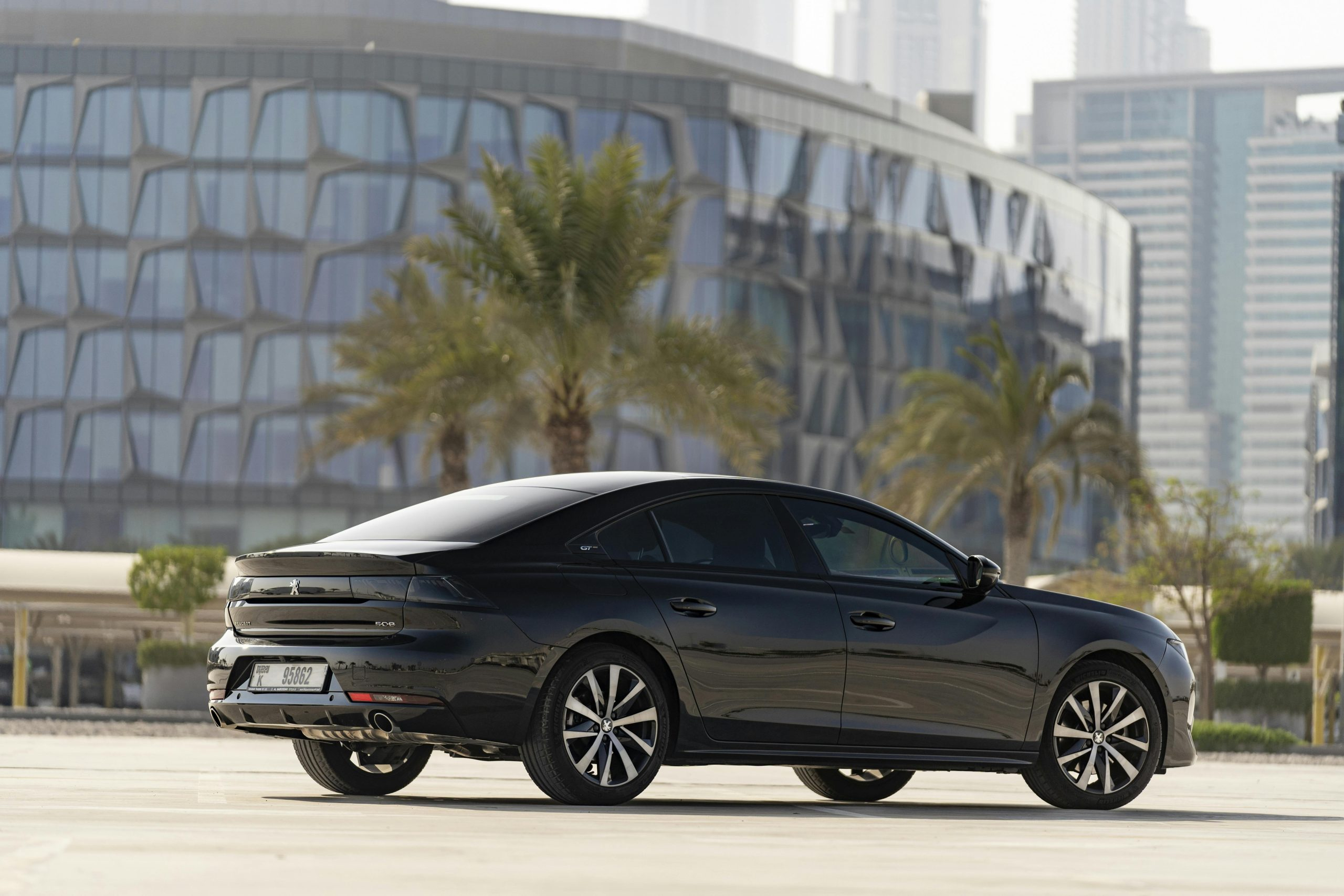Key Factors Shaping the Future of Urban Car Use
The future of urban transportation is rapidly changing and one of the key factors that is driving this change is the use of cars. While cars have long been a staple mode of transportation in cities, the rise of technology, environmental concerns, and changing lifestyles have all played a role in shaping the future of urban car use. In this article, we will explore the main factors that are influencing the use of cars in cities and how they are reshaping the way we think about urban transportation.
The Rise of Ride-Sharing Services
One of the biggest trends that is shaping the future of urban car use is the rise of ride-sharing services such as Uber and Lyft. These services have revolutionized the way people think about transportation in cities, offering a convenient and cost-effective alternative to traditional car ownership. With the rise of ride-sharing, many city dwellers now have access to on-demand transportation at their fingertips, reducing the need for personal cars.
In addition to providing convenient transportation options, ride-sharing services have also had an impact on reducing traffic congestion and carbon emissions in cities. By replacing single occupancy vehicles with a more efficient ride-sharing model, these services are helping to alleviate some of the major problems associated with urban car use.
The Push for Electric Cars
Another key factor shaping the future of urban car use is the push for electric cars. With growing concerns about climate change and air pollution, many cities are implementing policies to promote the use of electric vehicles. Many governments are offering incentives such as tax breaks and rebates to encourage people to switch to electric cars.
Electric cars offer a more sustainable and eco-friendly option for urban transportation. With zero emissions and lower operating costs, they are becoming an increasingly attractive alternative to traditional gasoline-powered cars. As technology continues to advance and the cost of electric cars decreases, we can expect to see a significant shift towards these vehicles in cities.
The Impact of Autonomous Vehicles
Autonomous vehicles, also known as self-driving cars, have the potential to revolutionize the way we think about urban transportation. While the technology is still in its infancy, many cities are already testing and implementing autonomous vehicles on their streets. As this technology becomes more widespread, it is likely to have a significant impact on urban car use.
One of the main benefits of autonomous vehicles is the potential to reduce the number of cars on the road. With the ability to communicate and coordinate with other vehicles, autonomous cars can potentially reduce traffic congestion and make urban transportation more efficient. Additionally, as autonomous vehicles become more prevalent, we may see a shift towards a shared ownership model rather than individual car ownership.
Changing Lifestyles and the “Car-Free” Movement
The rise of car-free movements and changing lifestyles are also playing a role in reshaping the future of urban car use. Many people, particularly younger generations, are choosing to live in cities where they can easily walk, bike, or use public transportation to get around. With the rise of remote work and flexible schedules, there is less of a need for personal cars.
Furthermore, there is a growing trend towards “car-free” living, where individuals and families choose not to own a car at all. With improving infrastructure and access to alternative transportation options, this trend is likely to continue. As people become more conscious of the environmental and financial impacts of car ownership, we can expect to see a decrease in the number of personal cars in cities.
Conclusion
The future of urban car use is being shaped by a range of factors, from the rise of ride-sharing and electric vehicles to the potential of autonomous vehicles and changing lifestyles. As cities continue to grow and evolve, it is clear that the way we think about transportation will continue to change. By embracing new technologies and promoting sustainable alternatives, we can create a more efficient and eco-friendly urban transportation system that meets the needs of our ever-changing cities.










